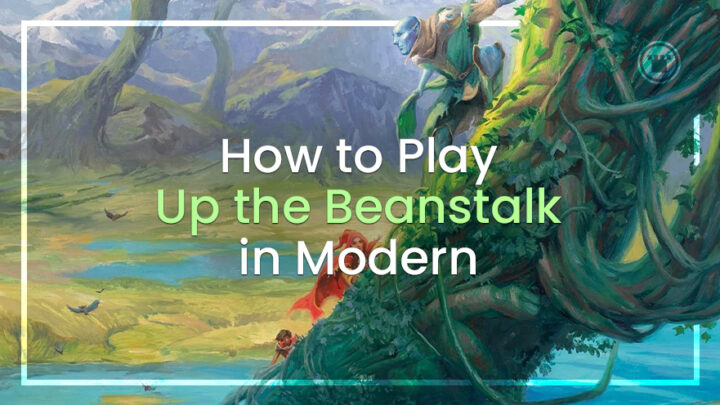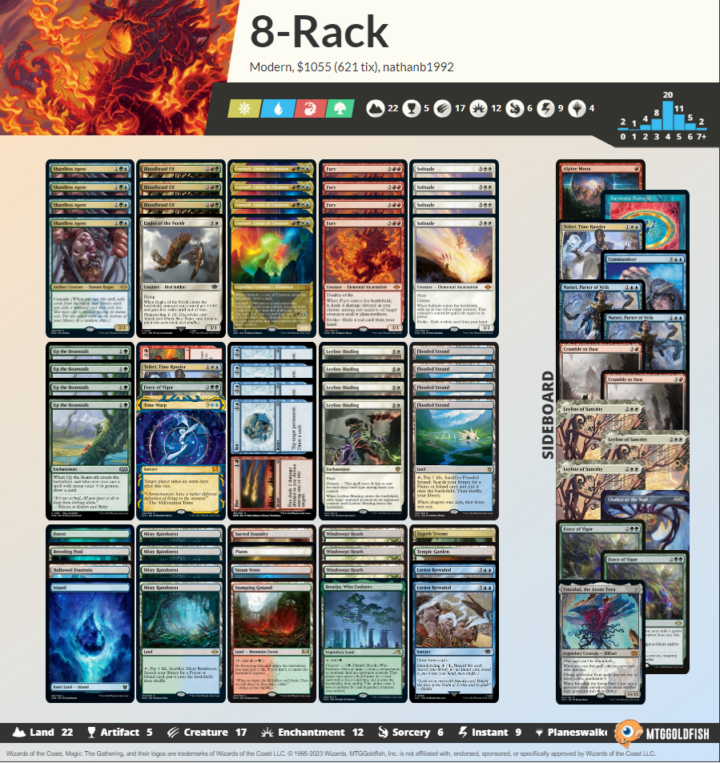Modern has been dominated by one card over the last few weeks, and Up the Beanstalk is taking format by storm.
The powerful, two mana enchantment rewards players for casting to expensive spells. Luckily, for the beans players, there are a ton of cards that cost 5+ mana in theory, but far less (zero to one) in practice. With that in mind we are going to break down the new towering force in the metagame. Beans.
Cooking with Beans
There are a few Beans decks running around at the moment, but before we talk about the exact lists, let’s go over what is making players want to dedicate so much of their decks to this two mana enchantment that seemingly has a huge downside. After all, how are you going to fill your deck with enough five drops or higher and not die in the early game?
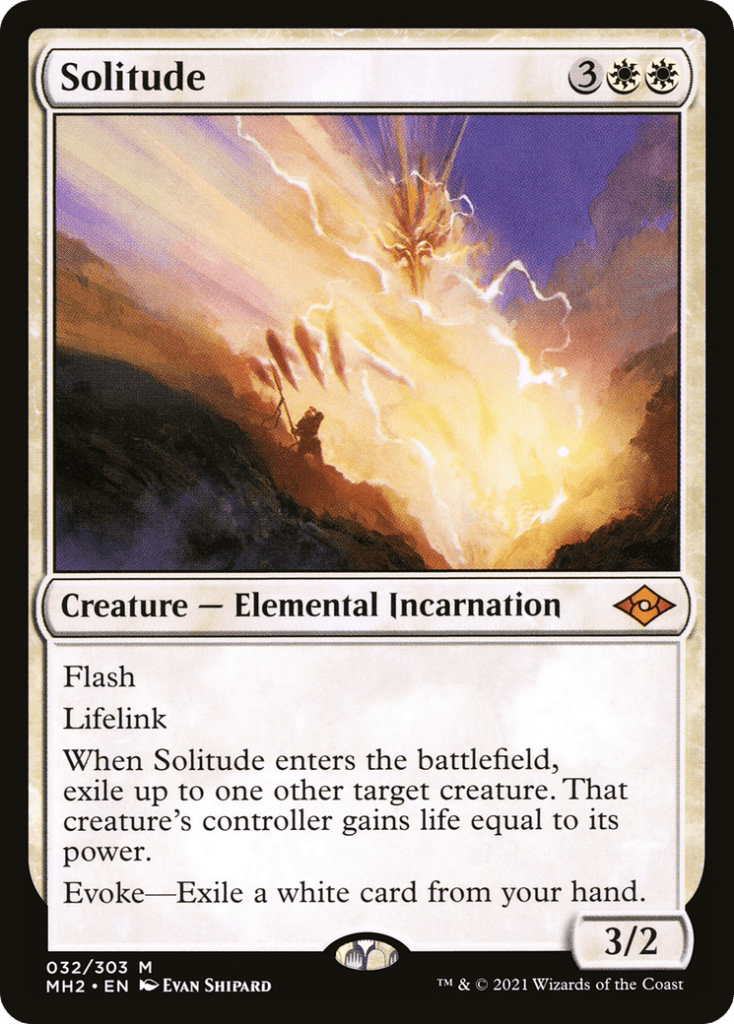
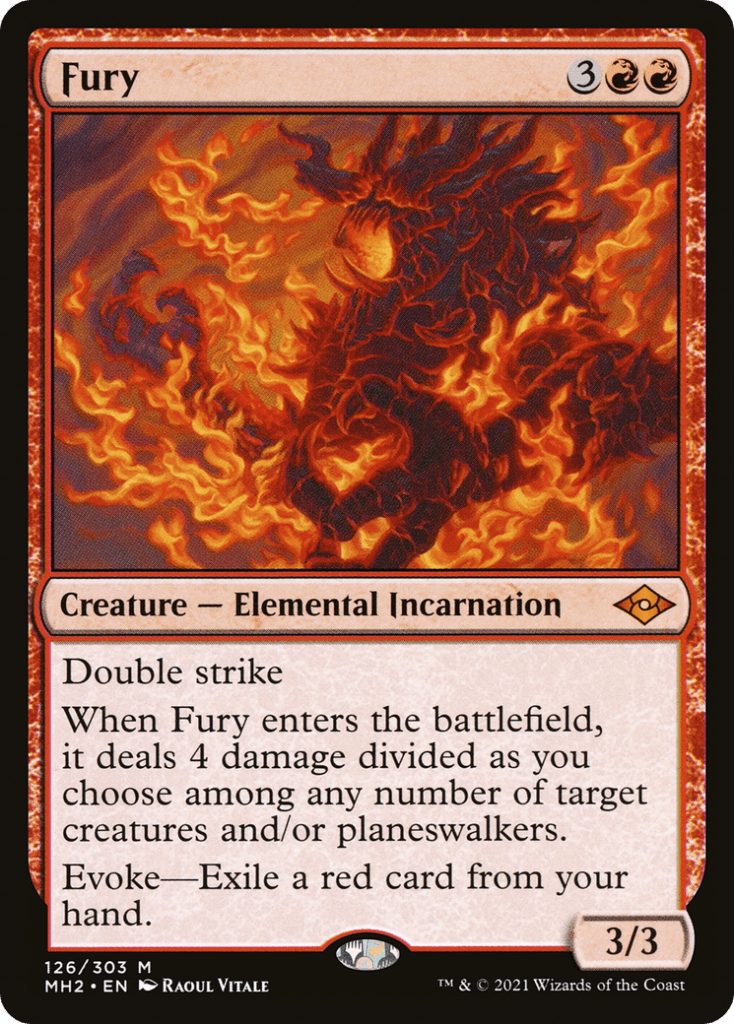
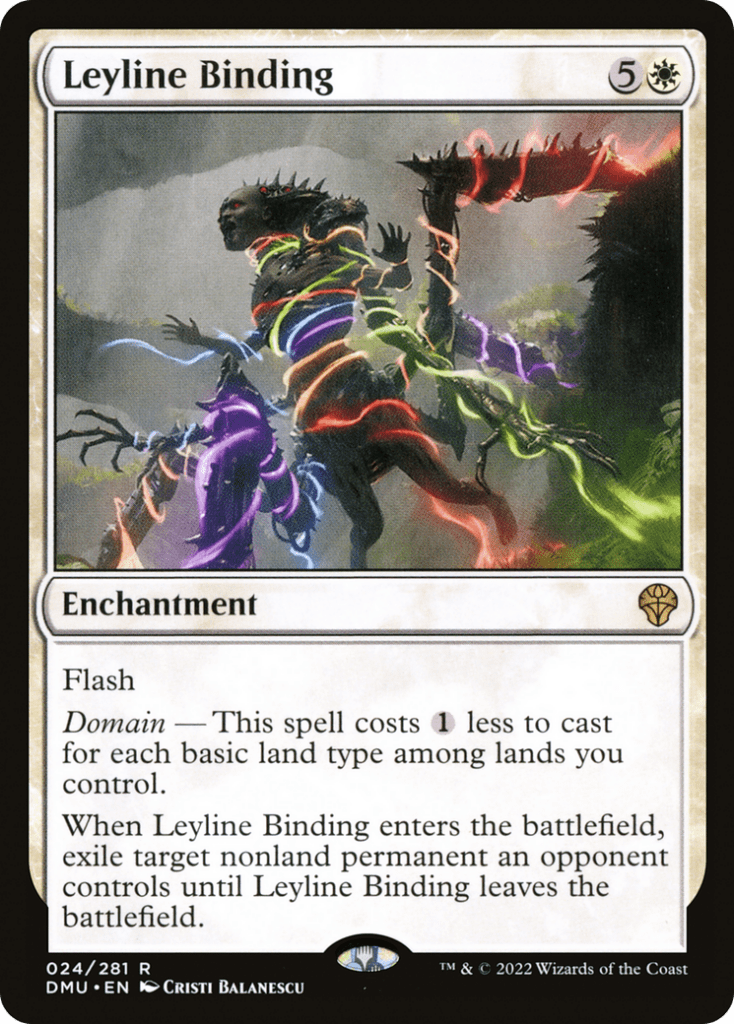
Oh yeah, those will work.
These three cards all have cost reduction mechanics attached to them, making it very easy to circumvent the normal restrictions built into a card like Up the Beanstalk. These are also just three of the best removal spells in Modern, making the core of this deck very appealing.
This also means your Leyline Bindings are going up cards, and when you evoke an elemental, you’re essentially cycling the pitched card. And that’s assuming you only have a single Bean, which anyone who has played against these decks knows isn’t the case for very long.
Ring Bean
One of the first places people took the bean was straight to the Omnath shell that has been a mainstay in Modern since the release of The One Ring.
The deck hasn’t changed much outside of fitting four copies of Up the Beanstalk into the deck. It still aims to control the board, answer everything your opponent plays and eventually win the game.
If you played Magic during Yorion Summer, you have a general idea at just how long and grindy these games can go. The Bean exacerbates the problem more than Yorion ever did, too. You just alway have more cards than your opponent.
However, one weird thing about Bean is you must draw a card. As a result, players actually started decking themselves — like all the time and consistently. After all, as a Four Color Omnath deck, winning is something you only eventually get around to.
Anyway, this led to a few innovations. The first involved just main decking a single Endurance. You can evoke it and put it back as well to basically guarantee you enough time to beat your opponent. This also has the added benefit of randomly being a sideboard card in game one against some decks.
Mistveil Plains was the other adaptation. This allowed you the option to take infinite turns with Timewarp and opened up a whole new build of this type of deck: Bant bean. We actually saw Reid Duke play it during the Modern Super League.
This deck moved away from Omnath and played the control game with a combo finish. But it’s worth noting that, if you’re going to do that, you need to remove your own Beans from the battlefield eventually.
Not much really happened with the deck outside of those innovations to stop decking. Players continued to play it as it was originally built while finding some small cards that worked well with Bean (like Commandeer as a way to grab opposing One Rings and Beans).
Then, suddenly, everything changed.
Cascade Bean
Aspiring spike decided to make a deck dedicated to just the Bean because, while The One Ring is strong, having eight cards that only draw cards is a bit much.
Since he couldn’t include a ton of ways to find the Bean that were fine on their own, Spike put eight cascade creatures into the deck: four Shardless Agents and four Bloodbraid Elf. The latter also finds the former and means we have a pseudo 12 copies of Beans in the deck. This means you are able to use your pitch elementals very aggressively and sometimes just “storm off” through your deck, killing everything and drawing cards.
One critique of the deck is that Shardless Agent and Bloodbraid Elf are not very strong cards on their own. They do both have two good things in common, though.
First, they are just creatures. With this deck, your biggest problem is winning the game. You need something to cross the finish line. So, if your opponent can’t ever stick a threat, any old body will do the trick.
Second, they are gold cards with good colors for pitching to Fury, Force of Vigor and Commandeer. When your deck operates the way these bean decks do, you just care about unloading your cards quickly — so having good colors does come up.
This Cascade Bean deck then got leveled up by players like Gerry Thomson adding more good cards to cascade into post board, like Inevitable Betrayal or Alpine Moon — something other players were slow to adopt.
However, these changes are the one that put the deck over the line for me. Having a real sideboard with incredibly high impact cards is very appealing. Your opponents, before cards like alpine moon, betrayal and chalice entered the deck, didn’t have to worry about cheap sideboard cards that hurt them. Now, that’s a ton of pseudo copies of cards.
End step
The metagame hasn’t gone full Bean yet. Some players are sticking to proven strategies, for now.
Scam is still considered the top dog, especially with it winning the Modern SCG event recently. While there are many factors you can point to as to why this is, the biggest is the time frame of the Beans deck appearing in the world.
Paper is slow to adapt for multiple reasons,but people often forget cards are just very expensive — and the Beans deck is no different. It’s unclear if the Scam deck will stay the king of the hill, but the metagame finally has a real contender to the throne.
Where do you think Beans will end up in Modern? Tweet @cardkingdom and @masoneclark and let us know!

Mason Clark is a grinder in every corner of the game who has played at the pro level and on the SCG Tour with Team Nova. Whether he’s competing in Standard, Historic or Modern, Mason plays with one goal in mind: to be a better player than he was the day before. Check out his podcast, Constructed Criticism, and catch his streams on Twitch.

